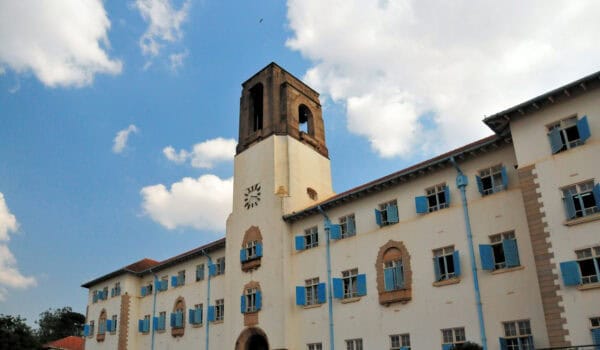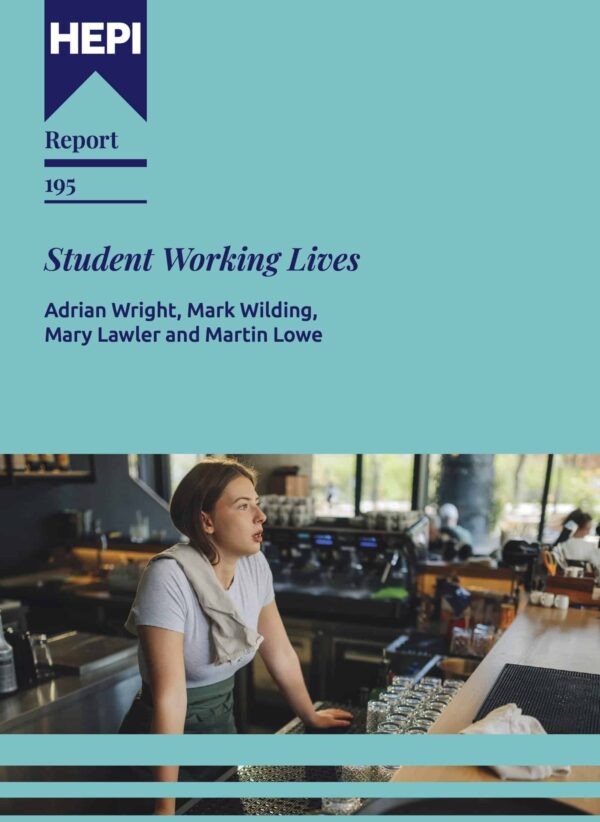Weekend Reading: How will universities respond to the 6 per cent international student levy?
This guest blog was kindly authored by Vincenzo Raimo, an independent international higher education consultant
The UK government’s proposed 6 per cent levy on international tuition fees has added yet another layer of complexity to the already fragile international student recruitment landscape. The levy is intended to fund the introduction of targeted maintenance grants for home students, but for universities it represents an additional cost that could reshape recruitment strategies and, in some cases, make international activity unviable.
Higher education providers will not all respond in the same way. Their choices will be shaped by their position in the market, their pricing power, and their cost of acquisition (CoA) – the real cost of recruiting through to enrolment of each international student.
In a previous blog I set out five institutional archetypes in international student recruitment: Prestige Players, Volume Hunters, Strategists, Opportunists, and Outsourcers. These archetypes can help us think through the likely responses to the levy, and where the risks and opportunities lie.
Levy Responses: From Resilience to Retreat
- Pass-throughs (High Brand, Low CoA): These are the strong Prestige Player institutions with the brand power to raise fees by 6 per cent (or more) without losing applicants. For them, the levy will likely be passed straight on to students. In fact, some may look back and wonder why they had not already increased fees earlier. The impact on recruitment will be minimal.
- Squeezed Prestige (High Brand, High CoA): Some universities occupy a less comfortable position. They may have strong brands, but their recruitment costs are high often due to heavy scholarship spending and dependence on expensive marketing and recruitment strategies. They can pass on some of the levy, but margins will erode. Expect this group to look carefully at their agent portfolios, renegotiate commission deals, and cut back on scholarships. Opportunists often sit here, swinging between good years and bad.
- Absorbers (Low Brand, Low CoA): A number of institutions will choose to absorb the levy, keeping international fees flat to remain competitive. Margins will tighten, but recruitment volumes are likely to remain stable. These are often Strategists or Outsourcers, who have already kept their CoA under control through efficiency or partnerships. They will see absorbing the levy as a necessary cost of staying in the game.
- Exits (Low Brand, High CoA): For some, the levy may be the final straw. Institutions already dependent on discounting and agent commissions who charge low international fees to chase volume, may no longer see international recruitment as viable. Volume Hunters are the most exposed here. Their models are built on fragile margins, and the levy risks pushing them into unsustainable territory. For some, exit will not mean giving up on international students altogether. But it may mean dramatically scaling back, consolidating markets, and retreating from high-risk geographies.
Alternative Paths
Alongside these responses, two further groups are worth highlighting.
- Innovators: Some universities will take the levy as a trigger to rethink their model entirely. Expect more to explore transnational education, offshore hubs, or pathway partnerships as a way of diversifying income and reducing exposure to UK-based fee inflation. Innovation may prove the most sustainable long-term response, if vice-chancellors and governing bodies have the stomach for it.
- Niche/Selective Recruiters: For specialist institutions – arts, theology, agriculture, or mission-driven providers – international student recruitment has never been about volume. For them, the levy is simply the cost of doing business. They will continue to recruit selectively, valuing diversity and global presence more than surplus.
What Does This Mean for the Sector?
The archetype framework helps us see that there is no single sector response. Institutions will react in line with their pricing power, cost base, and strategic orientation. Prestige Players may pass through the levy with little concern. Absorbers will hold their nerve and tighten margins. Volume Hunters, by contrast, risk being forced out of the game altogether.
For these institutions, scaling back international recruitment will not just be a strategic shift but a financial shock. The loss of international fee income raises an uncomfortable question of how they will fill the gap – whether by yet more cost cutting, chasing riskier sources of income, or considering more fundamental changes to their operating models.
The levy therefore brings the deeper issue into sharp focus: the sustainability of international student recruitment. Chasing volume is no longer enough. Institutions must use this moment to confront the costs of recruiting and support these students, rethink pricing, and reconsider the value they offer. Those that do so will be far better placed to build resilient, sustainable futures in international education.







Comments
David Palfreyman says:
A splendid cogent analysis and conceptualisation of the IS business. Seems that in all cases the pricing strategy is ‘what the market will bear’ based on the brand image/position of the U, with the CoA varying considerably. I think I would add into the equation the ‘DW’ factor – the writing off of bad debt as fees remain partially unrecovered and unrecoverable?
Reply
Replies
Vincenzo Raimo says:
You’re absolutely right about the “DW factor” – unpaid tuition fees are an under-discussed part of the story, particularly for institutions that expanded rapidly into riskier markets after Covid. In some cases, lower progression and completion rates have also contributed to the gap between forecasted and realised tuition income.
At the same time, rising costs of acquisition including ever-higher commission rates to agents, discounts and scholarships – have driven down net revenue per student for some universities. When you add the new levy into that mix, a few may conclude that the activity simply isn’t financially worth it anymore, leading to the “Exits” I describe.
Reply
Jonathan Alltimes says:
Details will be set out by the Chancellor in the Autumn budget.
The levy is essentially a resiurce allocation problem. An amount of money is to be divided among a group of subjects. The amount will be decided on the number of home students to be supported for each subject. The number of home students to be supported for each subject will be decided on targets using a workforce planning model likely based on advice from Skills England in their report the ‘Assessment of priority skills to 2030’, including a possible spatial dimension.
The effects of the levy have been modelled by the Department for Education and then remodeled and discussed here:
https://www.publicfirst.co.uk/wp-content/uploads/2025/09/ISL-Modelling-Final-Report.pdf
We can not know how an individual university calculates its policy until His Majesty’s Treasury decides how to allocate the levy. Can an individual university in each region provide places for all the priority subjects?
Reply
Vincenzo Raimo says:
You’re absolutely right that the detail of allocation will be key, and it will be interesting to see how the Treasury translates the resource need into practice.
But as with any tax or levy, the policy question has two sides: raising resources versus shaping behaviour. The challenge with the international student levy isn’t only how the proceeds are distributed, but whether it risks reducing the very income base it seeks to draw from.
If the levy dampens international demand or shifts recruitment patterns, it could lead to less tuition income than expected and less local economic benefit from international students overall. That’s a possible unintended (?) consequence policymakers will need to watch closely.
Reply
Add comment